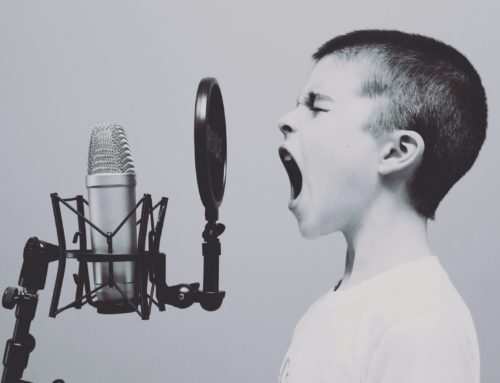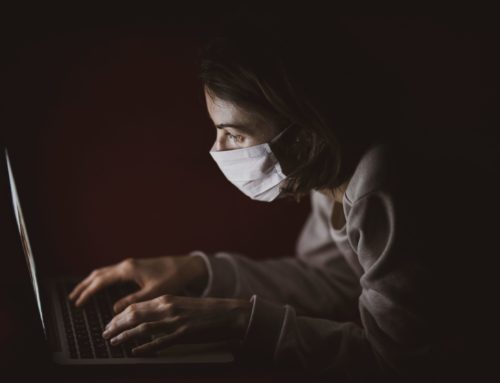“We need to have a plan through the first quarter of 2021 because it doesn’t look like things are going to resemble normal anytime soon,”
I am sure that some version of this statement is happening in meetings all across the world.
If you’re paying attention to the news (and I don’t blame you if you’re not), then you know that Coronavirus numbers are rising, we’re heading into the Holiday season, and people are suffering from pandemic fatigue.
To make it plain the virus is spreading and people are over it.
My belief for a while now is that we need to figure out how we’re going to live with the virus, do our best to manage the spread, focus on wellness strategies to boost people’s immune function and keep as many people going financially as we can.
I Was at an outdoor event and while I was happy to be among people (physically distanced and with masks), I left concerned. People did not seem like themselves and why would they? We’ve had 8 months of limited social interaction and all things resembling normalcy have evaporated.
Physical distancing and social isolation are taking a serious toll on mental and emotional health. We’re going to face a mental health crisis of epic proportions if we do not address the toll that social isolation is having on people.
A study by Massachusets General Hospital examined the toll the pandemic is having on the mental health of young people.
The study was aimed at depression rates among this age group, and whether they had changed in summer through the early fall, considering that new areas of the country were experiencing virus outbreaks. This new study was a follow-up to one released in May, which saw higher instances of depression spanned across all ages — depression was up 27 percent compared to in the past.
The study also found that more young people have thoughts of self-harm or suicide. Overall, the rate of these thoughts for all adults from 2013 to 2014 was 3.4 percent. But for young adults in May, 32.2 percent of those surveyed said they had these thoughts. In October, this went up to 36.9 percent. (Source Boston.com)
Not to mention the economic impact as people lose jobs and can’t afford to buy food or pay their rent. A woman on Twitter said the food pantry she works with normally feeds 80-100 families per week.
That week the pantry fed 844 families.
My Strategies for Preparing for the Long Haul
- Find at least ONE Thing to be Grateful about every day
- Set up a weekly meeting of some kind whether it’s outside and physically distanced or over Zoom. We need some kind of social contact.
- Establish a daily routine. Having a routine can help reduce anxiety because you know what’s coming next.
- Create an arsenal to support your physical health: Supplements can be helpful (Vitamin C, D, Zinc are all helpful) As always check with your doctors before introducing any new supplement
- Cut down on Sugar, Alcohol, and Processed Foods (Holidays are coming so, of course, you should eat favorite Holiday Desserts. Don’t waste sugar intake on Twinkies. Eat the Pecan Pie)
- EXERCISE It’s cold so exercise can go by the wayside. Stretch in the mornings to get warm and improve your range of motion and Strengthen muscles!
- Face Reality: It’s a pandemic. Nobody has all of the answers. Not politicians, not medical professionals, and not people on Facebook. People will become ill and sadly people will pass away. This is the nature of pandemics. 50 MILLION DIED IN THE SPANISH FLU PANDEMIC OF 1918. I do believe that since We have not acknowledged the passing of 250,000 people which I think has reduced this to a political issue and not what it is: A once in a generation event that must be dealt with seriously and soberly
- Life will Go On: Pandemics, Wars, and Other Natural Disasters are nothing new. People in the past found a way to keep going as will we. Just keep faith that we will cross over.
I have believed from the beginning that we were in this for the long haul because after reading about previous pandemics it is clear that they don’t magically go away in 3 months.
The 1918 Spanish Flu Pandemic lasted 3 years so I figured this pandemic may last at least a year…or longer.
Prepare for the long haul.
We will get through this.






Leave A Comment